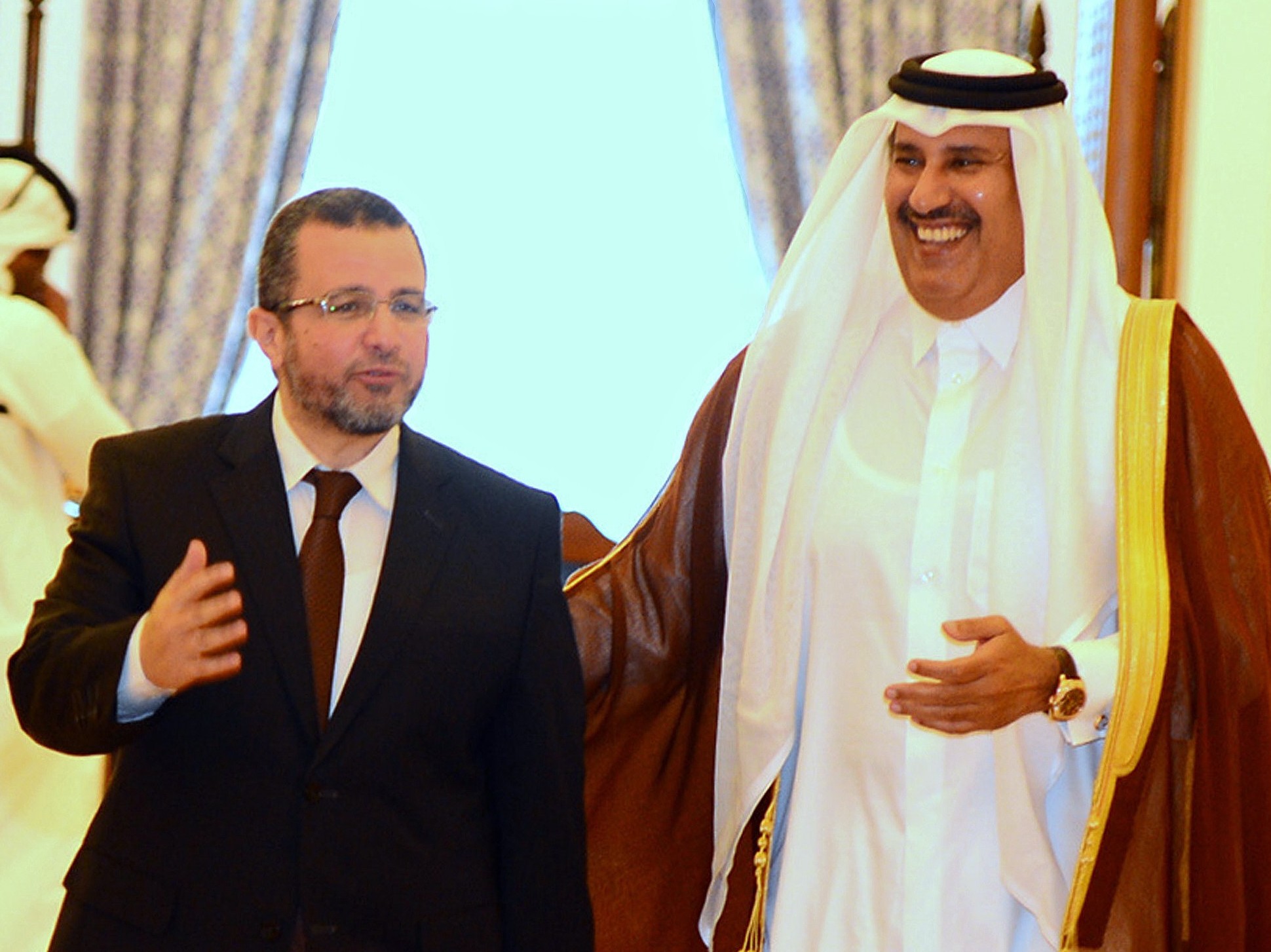
In May of 2012, a violent clash erupted between protesters and the opposition. Although this sounds like a fairly common news report from Egypt these days, the incident in fact took place in South Africa. The Democratic Alliance (DA), the main opposition to the ruling African National Congress (ANC), took to the streets to march in support of a youth wage subsidy bill. The DA’s march was met by members of the Congress of South African Trade Unions (COSATU), and a violent street battle erupted with both sides blaming the other for starting the violence. Sound familiar?
South Africa, like most of the rest of the world these days, is struggling with high and rising rates of youth unemployment. The DA march was part of a campaign to put pressure on the ANC to pass legislation that would aim to address youth unemployment by incentivising employers to hire more youth by subsidising youth wages, making it cheaper for employers to utilise youth labour.
COSATU the largest and most powerful of the country’s three main trade union federations, organising about 1.8 million workers, and strongly aligned with the ruling ANC, was very against such a legislative act because of a concern that it might displace its own members from the labour market. After a three year battle with COSATU, the Youth Employment Tax Incentive Bill finally passed in October of 2013 and became operational in January of this year. Many criticise the final bill as being watered down because of COSATU’s political power.
For the ANC government, the battle over the bill was tricky. Youth unemployment is a substantial social and economic issue in South Africa, with youth representing 72% of the unemployed. This is very similar to Egypt, for example, where the youth represent about 71% of the unemployed, as well as other countries around the region. At the same time, the ruling ANC government has strong political ties with COSATU, who was very much opposed to passing such a bill.
In the end, an experiment undertaken by economists was key in the three-year battle over the youth wage subsidy bill. It provided two critical types of evidence – whether a wage subsidy would in fact have the intended impact on youth employment without possible negative consequences on educational enrollment and job quality, and whether it would in fact displace older workers with firms preferring to hire youth because wages would be less costly to the firm. COSATU strongly attacked the experiment in the media.
The experiment found that a wage subsidy did, in fact, have the intended benefit without the possible negative unintended consequences. The youth that received the wage subsidy in the experiment were 25% more likely to be in wage employment than those that did not receive the subsidy. Researchers, who followed up with beneficiaries one and two years after they received the subsidy, found that the positive impact persisted over time even when the subsidy itself had expired.
The evidence also strongly indicates that the main fears of a youth wage subsidy did not materialise. Youth did not exit education; they did not take on worse quality jobs, and were not exploited by firms. Importantly for the heated political battle, the evidence did not indicate that younger workers replaced older workers.
The experiment helped the ruling ANC better design the Youth Employment Tax Incentive Bill. It also likely assisted with the political considerations and negotiations that such a bill undoubtedly entailed. Its value to the youth of South Africa and to policymakers working hard to deal with a very serious issue is perhaps immeasurable.
This past weekend a symposium gathered policymakers, youth employment programme practitioners and researchers from around the Middle East and North Africa (MENA) region to present and discuss the evidence base for “what works” in increasing youth employment and productivity. Unfortunately, there were only four presentations of experiments undertaken in the region that could be as practically useful to MENA policymakers as the South African experiment was. Evidence from other countries and contexts are always relevant and useful. However, nothing can substitute evidence from one’s own country for a policymaker trying to justify a policy change or significant government expenditure.
South African youth are, in fact, lucky that the experiment was undertaken and that it served as critical evidence in the design and justification for a bill that has a positive impact on their employment. Thus far, the youth in the MENA region are not quite as lucky as their South African and other counterparts. The MENA region and its countries have less evidence to make use of than any other region of the world. More practically useful research needs to be undertaken. The question is how many organisations similar to COSATU exist around the region able to interfere with better policies for youth employment and conduct the very types of experiments that are needed to better understand how to address this critical issue.



